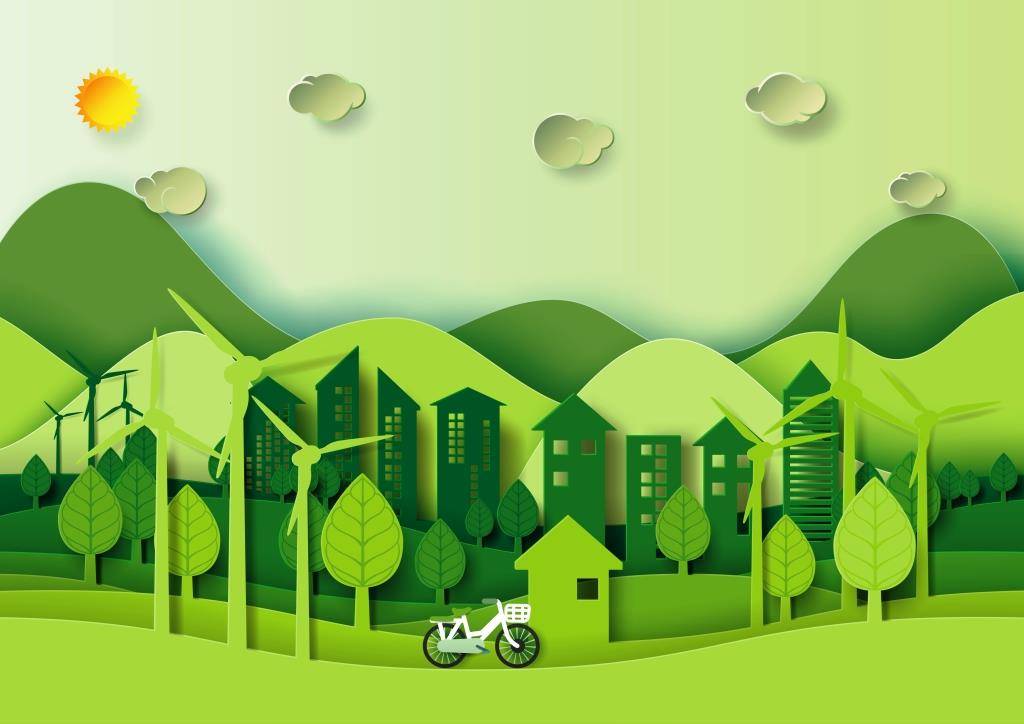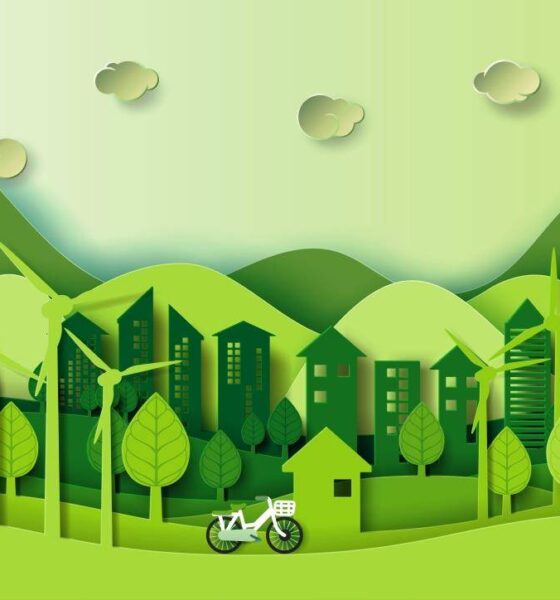

Editors Choice
Tips For Using Minimalism To Help The Environment
I have seen a number of people that claim to be concerned about their carbon footprint, but live very decadent lifestyles that harm the environment. You will find that the cure for many of the environmental problems that contribute to global warming involve practicing minimalism.
Lifehack has a great article on living with fewer than 100 things. You can find that getting rid of junk will actually help the environment in surprising ways.
Fighting the Impact of Climate Change through Minimalism
Many of the choices we make on a daily basis contribute to our carbon footprint. How much waste you create, how much you use air travel, and how often you buy new clothing, are all contributing factors.
You can take a number of steps to be less materialistic to help the environment. Even consuming less animal products can make a difference, since they contribute up to 20% of the world’s carbon footprint.
There are a number of ways you can live a more environmentally conscious lifestyle. You can practice one which uses an artistic sense of style to life in a way that prizes only centrepieces worth nothing, while decreasing waste and clutter, as well as the purchase of unnecessary objects.
Adopting a minimalist lifestyle will free up space in your home and cupboards and help the planet at the same time. Surrounded yourself with items you place value on, as this can clear your mind and help with mental space.
Here are some tips to get you started:
1. Evaluate your current living space
Take the time to evaluate and examine your current living space. Make sure every item or household décor is intentional and serves a purpose. Create a simple layout of your furniture and draw attention to the most decorative elements. By doing this, each area becomes more attractive.
2. Declutter
Green Home Guide made a great post on how getting rid of clutter can lower your carbon footprint. Work one room at a time and clear out spaces that have excess clutter and unnecessary items. This will make you realize the amount of waste you accumulate. One of the best ways for individuals to help the environment is to recycle. So, take the time to decide what is worth keeping and what must be thrown away, stored, sold or donated.
3. Think before you make any purchases
This is an essential component of minimalist living. You need to make sure your purchases are thoughtful and that the item will add value to your home. Purchase items that have a longer lifespan and that will be used on a daily basis, but at the same are space efficient. Regulate purchases based on your immediate needs!
4. Purchase quality over quantity
People who live minimalist lifestyles are more likely to purchase quality items that will last for a longer period of time. These items include household contents, dual-purpose furniture and clothing.
5. Take advantage of self-storage
Self-storage has become an increasingly popular investment for households looking to achieve a minimalist lifestyle and maximize their living space. Self-storage facilities are an affordable extension of the home. Make sure you find a reputable self-storage facility that offers flexible leases as well as a safe, secure and convenient location.
Minimalism is an ongoing trend that many households have adopted due to its simplicity and because its waste-less concepts are in line with green living and it helps reduce their environmental footprint. By making thoughtful purchases and creating less waste, you will be helping the environment.
Minimalism is the Key to Saving the Environment
The environment is our biggest concern in 2019. We can take a number of steps to slow the progression of climate change, which includes embracing minimalism.


 Environment10 months ago
Environment10 months agoAre Polymer Banknotes: an Eco-Friendly Trend or a Groundswell?

 Environment11 months ago
Environment11 months agoEco-Friendly Home Improvements: Top 7 Upgrades for 2025

 Features9 months ago
Features9 months agoEco-Friendly Cryptocurrencies: Sustainable Investment Choices

 Features10 months ago
Features10 months agoEco-Friendly Crypto Traders Must Find the Right Exchange





























